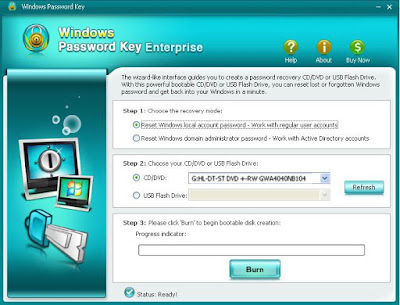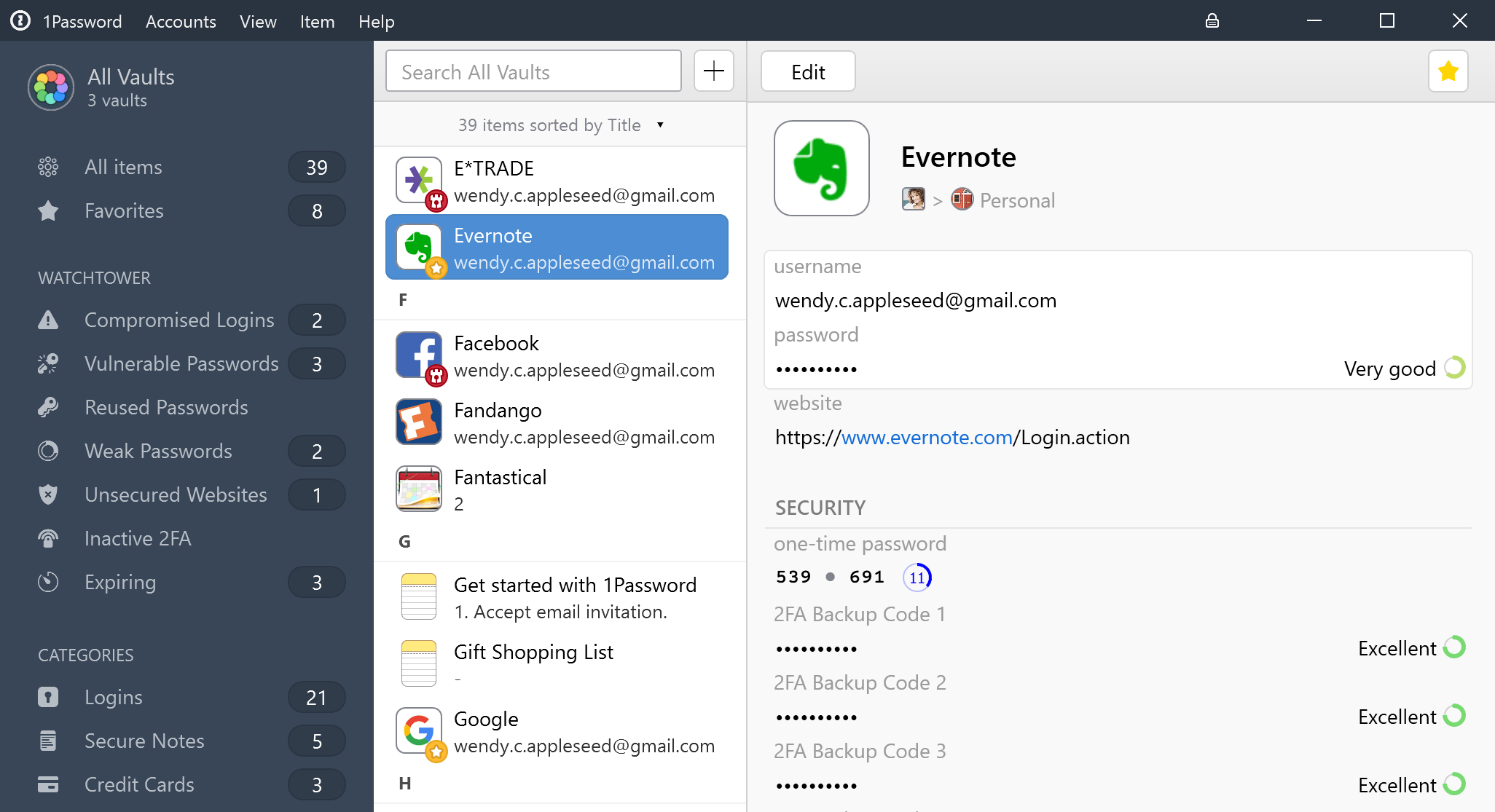

So whether you connect to a server via your terminal, Table Plus or Tinkerwell, you have to authorize the connection via your 1Password password or fingerprint. Using the ssh-agentĮvery time you connect to a server via SSH, the ssh-agent will step in and handle the connection without exposing the private key file to the application. If you are working on Windows or Linux, you can check the configuration here. IdentityAgent "~/Library/Group Containers/.1password/t/agent.sock" If you want to introduce the ssh-agent for some servers only, add their hosts to the config file separately and enable the agent for them. The easiest way is to switch all connections to the agent, you can do this by adding a wildcard host to your ~/.ssh/config file. Your ssh-agent is set up, but your machine does not know which connections are connections managed with the agent.

If you are using a new key, add this key to the server by adding the public key to the authorized_keys file. Import your existing key or create a new one.In this guide, we're using the 1Password SSH Agent of 1Password version 8 to connect to servers via Tinkerwell. You can solve this issue by using an ssh-agent that manages the keys and authorizes applications but never shares your keys with the application itself. That's fine until one application grabs the key and shares it with someone else who then has access to all your servers. Unfortunately, many applications need to connect to these servers via your key and most people don't use individual keys but a master key for everything. Simply generate a key pair, add the public key to the authorized_keys file of the server and you can connect. Since we abandoned passwords to access web servers, SSH keys have been the primary way to connect to these servers. Fixed.How to set up the 1Password SSH agent for secure SSH connections Bug: 1Password does not fill on and then logs an access violation in the diagnostics report.Please post any questions or comments in the 1Password for Windows forum.


 0 kommentar(er)
0 kommentar(er)
